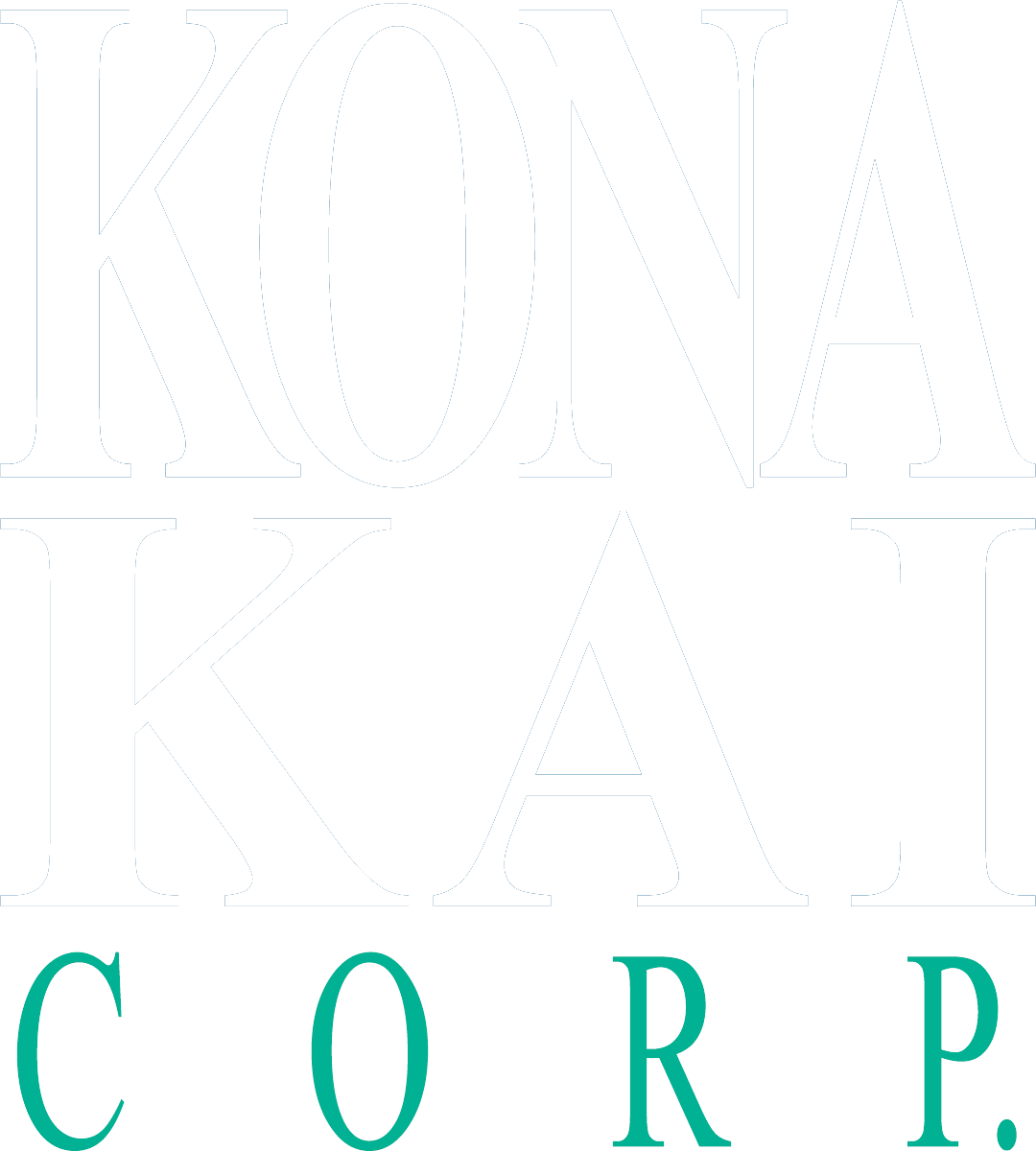How to Build a CRM Strategy: A Step-by-Step Guide
The purpose of customer relationship management (CRM) is to attract and retain customers. At Kona Kai Corporation, we believe that a great CRM strategy should focus on the goal of aggregating customer data in a useful format, and in a manner that can translate to your entire market. The result of an effective CRM strategy, then, should always be that your organization has an increased understanding of the market for your product or service in a meaningful way.
Creating a CRM strategy that will make the most of the tools available to you is the best way to maximize success and create synergy within your marketing efforts. Read on for our step-by-step guide to developing a unique CRM strategy that can carry your company forward.
Step 1: Find and Implement CRM Software that Works for You
One of the keys to a great CRM system is CRM software, and using that software correctly makes all the difference. At Kona Kai, we’ve partnered with Pegasystems, a low code software provider, whose AI powered CRM Suite has the ability to transform the way your organization drives greater engagement across the entire customer journey.
Pega’s software not only organizes information about current and prospective customers, including their questions, quotes, purchases, and contracts, but it also facilitates effective communication with customers and prospects. With Pega’s CRM engagement suite, marketing, sales automation, and customer service tools come together to increase your company’s profits.
Key features of Pega’s customer service system include case management, guided interaction, digital self-service, chat & messaging, and robotic process automation capabilities. Unlike other CRM software systems, Pega’s customer service suite is tailored to deliver focused results without unnecessary features your team won’t use. For example, the objective of Pega’s case management system is to minimize your team’s cost-to-serve and manage increased sales volume simultaneously. It’s one of the many reasons Gartner named Pega as a leader in their Magic Quadrant for CRM customer engagement for 12 consecutive years, and The Forrester Wave ranked Pega #1 in real-time interaction management for 2020 Q4.
Step 2: Set Clear, Measurable Objectives for CRM
Your company’s mission statement is likely customer service centered. It makes sense that your CRM goals should be, too. A great place to start is to map customer pain points throughout their individual interaction with your product or service.
Begin mapping out the customer’s needs as a prospect. Consider how your customers first hear about you, how they find you, and where they’re looking. What image of your company are they getting from the marketing material or word-of-mouth information available to them at this stage? Continue mapping your customer’s journey through their experience with the actual product or service they’ve purchased. What are their interactions like with your support staff? Are they being adequately supported? Are they leaving the interaction with a better opinion of your company than they started with?
Keep in mind that while you’re mapping the customer’s interaction journey with your product or brand, the negatives may be obvious. This is especially true with the increase of consumers taking mostly unconstructive viewpoints to social media as a place to vent. It’s important to address what you may be doing wrong, but don’t forget to highlight what your customers already love and what your team is doing right. Getting even better at something that’s already working well will serve to amplify the positive things your company is known for.
After obtaining a complete picture of the customer’s journey, gather a few things you know would be impactful to improve upon. These items can be used to direct new ideas for marketing initiatives, including social media and email strategies.
Step 3: Coach Employees with a Goal-Focused Approach
Your new CRM strategies will, at the end of the day, be implemented by your employees, so it’s important to coach them on the end-goals. Empower your team by showing them not only what CRM software can do, but how they can use it to help advance your organization’s new vision for customer relationship management.
When you mapped your customer journey in Step 2, you gathered data about what your customers wanted and needed before they heard of your company. CRM-based coaching can include, for example, communicating these insights with your digital marketing managers, who can create new advertising content tailored to meet those specific desires.
Step 4: Collaborate Company-Wide
Even if your marketing, sales, and customer service occupy the same department, collaboration can feel unnatural for employees who have settled into a routine. Kona Kai is uniquely positioned to help with spurring energetic collaboration in your organization, which is critical to the ultimate success of your well-thought-out CRM strategy.
Employee introductions to new strategies can be bumpy, and it’s possible that without a focus on collaboration, efforts will be duplicated, and time will be wasted. Change Management is the process of transitioning individuals, teams, and organizations through a workplace change, and it’s what Kona Kai has decades of combined experience in perfecting. As experts in change management, Kona Kai can step in and ensure your employees can continue to do their jobs effectively and efficiently with a clear picture of what is needed from them.
Step 5. Test, Adapt, and, if Needed, Change
Implementing a new CRM strategy is like any other business initiative, in that perhaps the most important step is to periodically look back and assess how your process is working to achieve your initial goals.
Look at each CRM “section” and measure its performance along with the metrics you set out to improve. Is customer service getting questions answered, problems addressed, and leaving current customers happy? Is marketing creating the impression of your company that you want to project? Are sales reaching the most qualified prospects, and following through to turn them into customers?
Developing an effective CRM strategy is complex, but Kona Kai can make it simple for you. Kona Kai has helped countless organizations in industries such as healthcare, insurance, distribution, telecom, and beyond, succeed in CRM. If your team could benefit from the assistance of experts in CRM and change management, now is the time to contact Kona Kai and get started with a positive shift.
INSIGHTS












